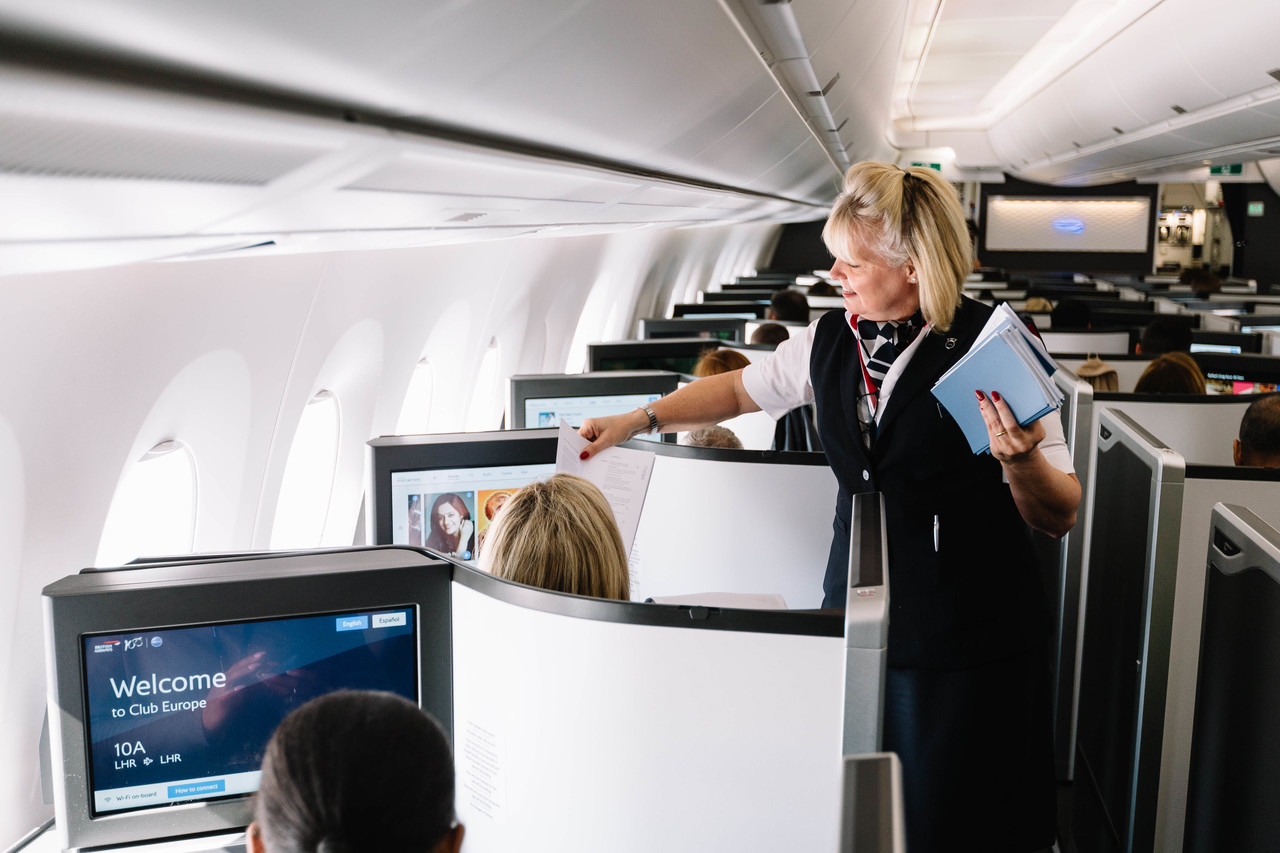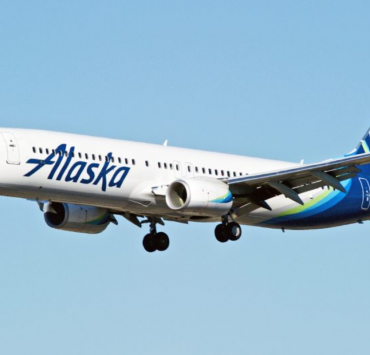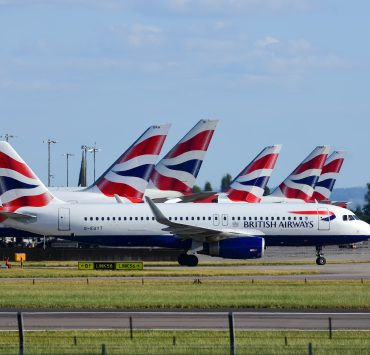
It has long been assumed that airlines with a generous crew-to-passenger ratio deliver an overall better and more personalised service compared to rivals who have slashed the number of flight attendants per flight in order to save big on staffing costs.
The crew-to-passenger ratio is a simple calculation in which the total number of passengers is divided by the number of cabin crew. In theory, the lower the number, the better the service that passengers should receive.
At Singapore Airlines, an airline that is renowned for providing one of the best inflight experiences in the industry, the crew-to-passenger ratio can be as low as 1 crew member to every 17.6 passengers.
At the other end of the spectrum, last summer, budget carrier easyJet ripped out an entire row of seats from its fleet of Airbus A319 aircraft so that it could operate the planes with the minimum legally required number of cabin crew – a ratio of one cabin crew to every 50 passengers.
In the middle, many premium full-service airlines have a crew-to-passenger ratio ranging anywhere from 1:21 to 1:33.
Any attempt by airline management to reduce onboard staffing levels, however, is often met with fierce resistance from flight attendants and their unions, who warn that the passenger experience will suffer.
Now, British Airways is to test the theory and find out whether improving the crew-to-passenger ratio on some of its worst-performing routes will improve customer satisfaction scores.
From next month, the Heathrow-based airline will add one extra crew member on seven long-haul routes that are considered some of its busiest but also worst-performing routes in an experiment to see whether the customer experience improves.
The routes that will take part in the trial are Dubai (DXB) and Islamabad (ISL), as well as all of BA’s Indian destinations, including Mumbai (BOM), Bangalore (BLR), Delhi (DEL), Hyderabad (HYD) and Chennai (MAA).
For example, on a flight to Dubai aboard one of BA’s Boeing 787-10 aircraft, the crew ratio will go from 1:23 to 1:21. And on a flight to Mumbai aboard a Boeing 787-8, the crew ratio will go from 1:27 to 1:24.
As a point of comparison, the crew-to-passenger ratio aboard an Emirates three-class Airbus A380 can be as low as 1:20 if you count cabin service attendants who are responsible for maintaining the iconic First Class shower spa.
For now, British Airways is clear that this is just a trial but the airline is hopeful it can extend the trial through to the end of June, so long as its crewing levels remain healthy.
It remains to be seen what the airline would do should there be an uptick in customer satisfaction scores during the trial period.
Last week, the Association of Flight Attendants, which represents crew members at United Airlines, called on its members to report incidences of poor service in an attempt to prove to the airline that cutting crew numbers impacted safety and service.
United reduced the number of flight attendants on long-haul flights back in 2018 but argued at the time that a new simplified service routine and pre-plated casserole dishes in Polaris Business Class would make the job easier for flight attendants.
Mateusz Maszczynski honed his skills as an international flight attendant at the most prominent airline in the Middle East and has been flying throughout the COVID-19 pandemic for a well-known European airline. Matt is passionate about the aviation industry and has become an expert in passenger experience and human-centric stories. Always keeping an ear close to the ground, Matt's industry insights, analysis and news coverage is frequently relied upon by some of the biggest names in journalism.










Nice to see staffing experiments have they done work to see whether complaints are simply culturally higher on some long haul routes
The issue isn’t normally with the front of house staff onboard. The issue IS that the staff are disempowered by policy AND; dirty, badly maintained cabins, overly dense layouts and totally inadequate provisioning. When combined with the virtual absence of effective ground based customer service and the STILL unreliable, insecure IT systems (both customer facing and behind the scenes), they make BA #BestAvoided because the #BelowAverage service they provide is hugely overpriced when all their add on’s are included…
As a Brit who does around 70 sectors annually I actively avoid them and have had fewer issues / saved about 7% since doing so.
#FlyABBA
BA have lowered their bar when it comes to crew recruitment.
Pre – Covid onboard was a totally different ballgame. Experienced crew serving a decent product.
Now it’s unkempt young crew who don’t give a toss.
It’s no surprise that the Indian routes have the most complaints. As cabin crew myself, there are just some cultural bridges that are difficult to cross. At my carrier the routes to India generally score the lowest in our satisfaction surveys. We’re not doing anything different on these routes. It’s the passengers. They have expectations that cannot be met by an unsubsidized global carrier. Perhaps these customers should pay for their servants to travel with them instead of expecting the cabin crew to be surrogates to their indentures.
Here’s an idea, maybe go back to the contract and behaviour pre covid. They hosed the crew by forcing them into a new non-negotiable contract, severely dropping their pay, rights and , many other things. They were proud to be the flag carrier, now they are demoralized. It’s the American Airlines of the UK. While I love the crew, I refuse to fly on them because of how management screwed them over.